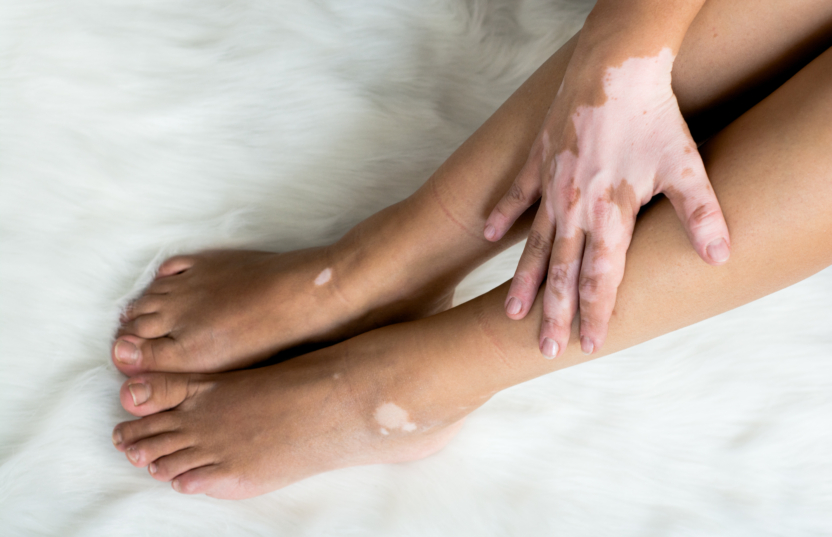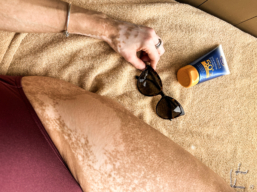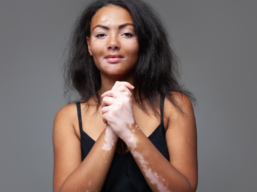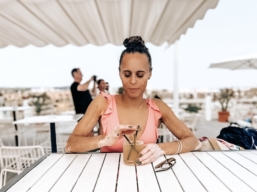
Is there a link between Vitiligo and itchiness? To find out, we asked Dr Anthony Bewley a few questions…
Please support our work! You've enjoyed 1 article this month and we hope you have found it useful. Our work is entirely funded by memberships and donations, so please consider joining our charity today and supporting our work.
Already a member? Log in





